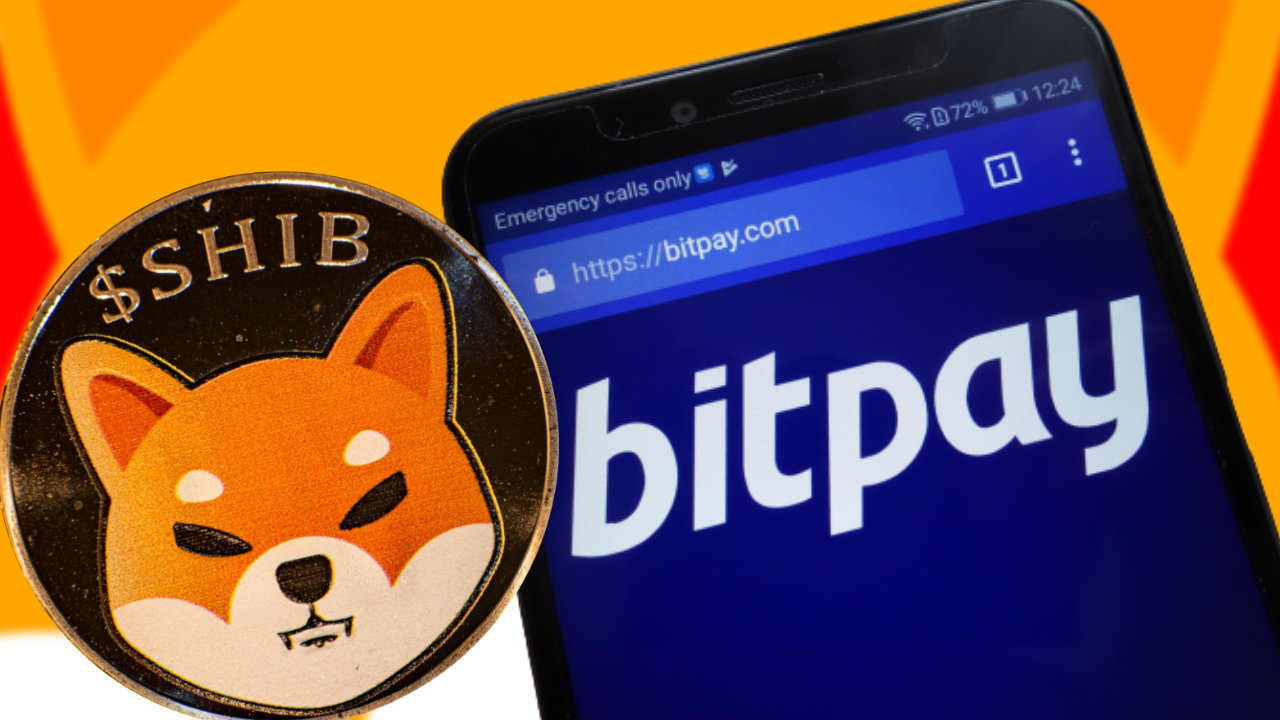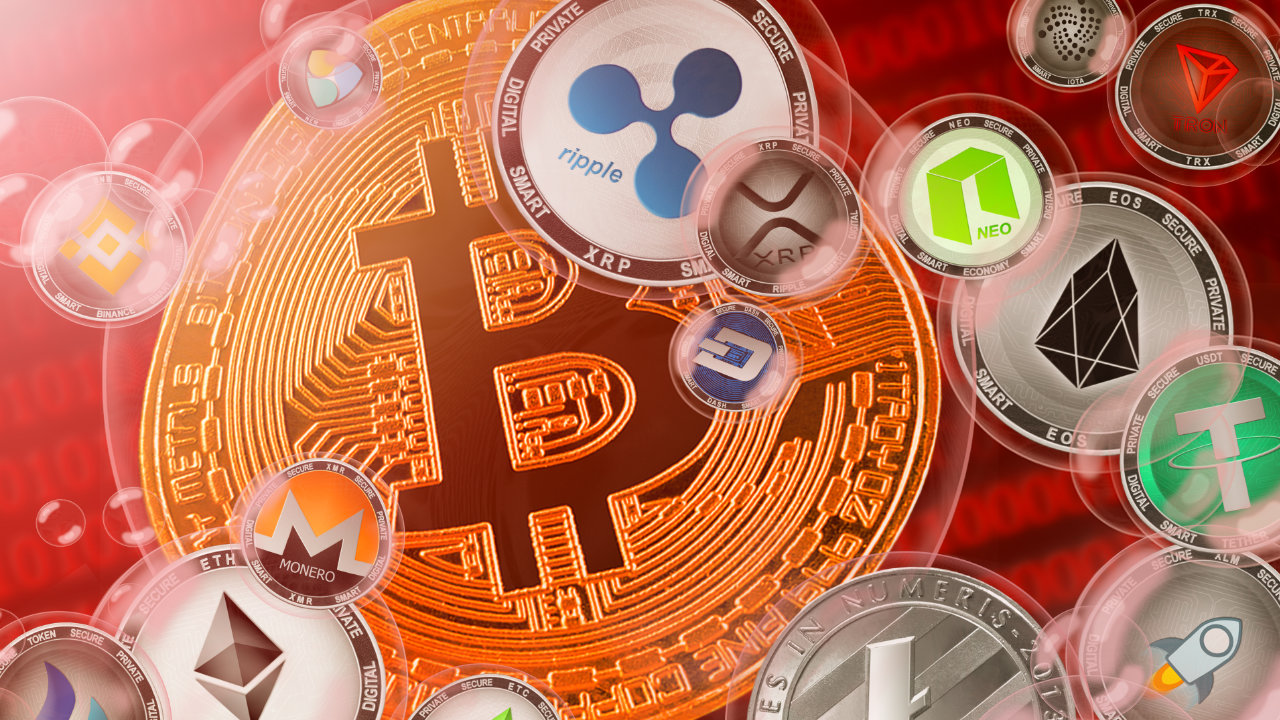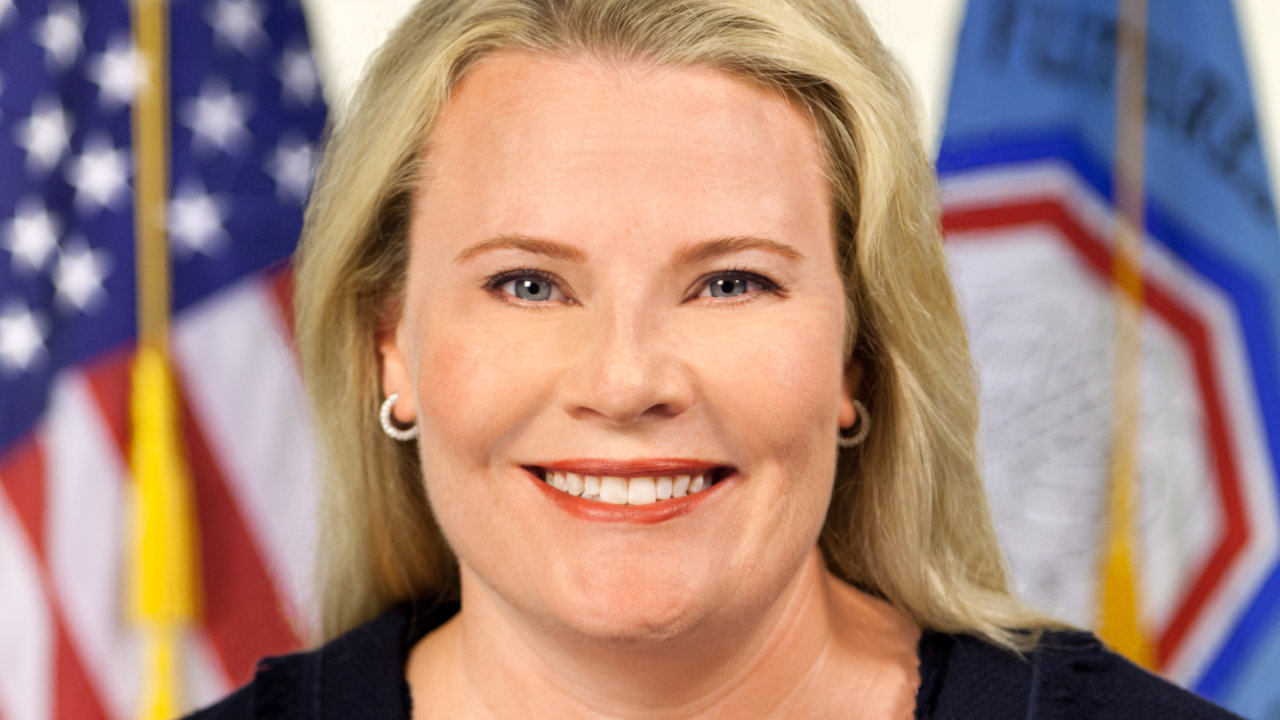Crypto payment firm Bitpay has added support for the meme cryptocurrency shiba inu. Following Bitpay’s announcement, retail giant Newegg announced that it too has begun accepting SHIB for payments. AMC Theatres is also expected to begin accepting SHIB soon. Meanwhile, a petition for the popular trading platform Robinhood to list shiba inu crypto has garnered…
Bitpay Adds Shiba Inu Crypto as Petition to List SHIB on Robinhood Exceeds 545K Signers






